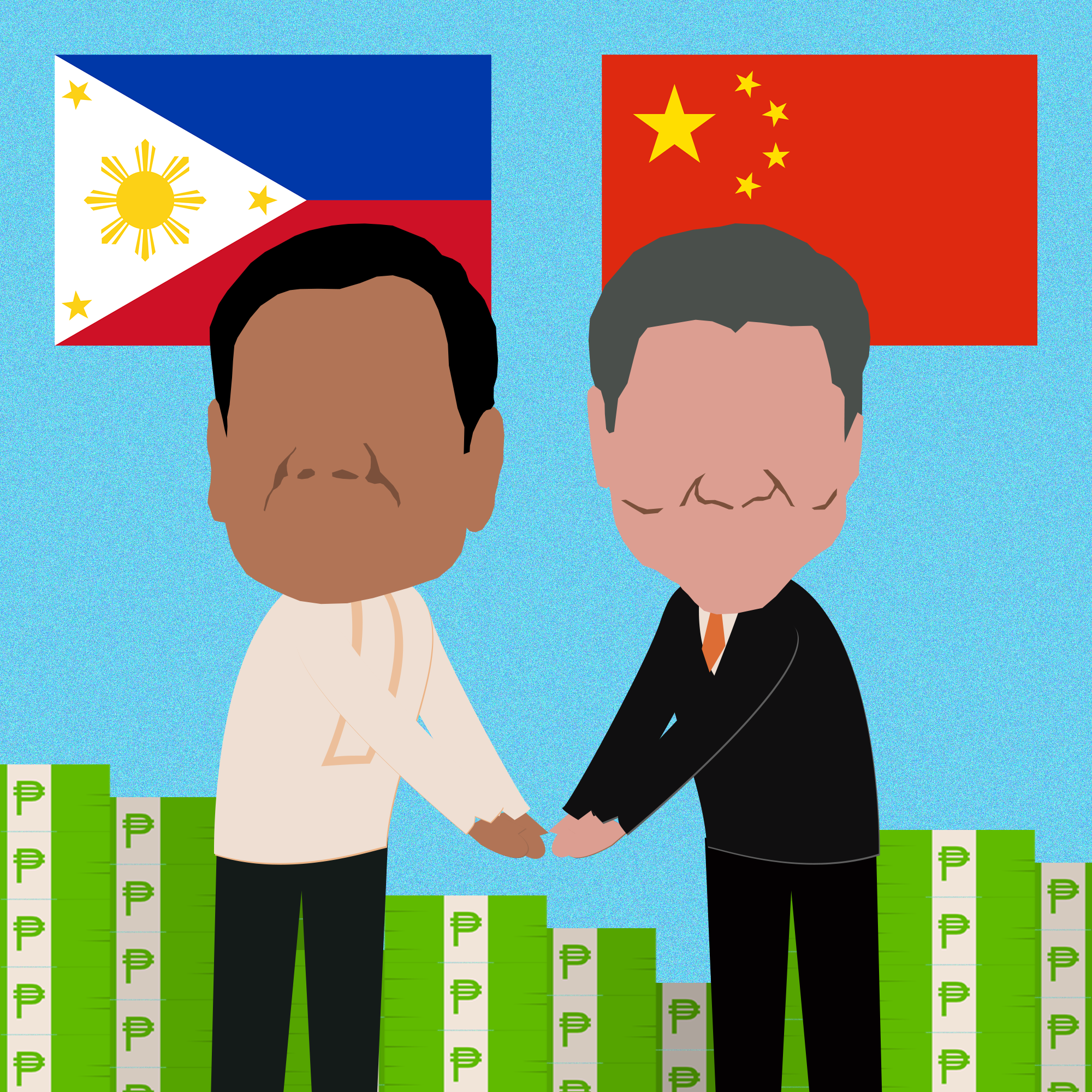by Sonny Africa
The government’s economic managers claim that the new Rice Tariffication Act which takes effect on March 5, 2019 will ensure the availability of cheaper rice for Filipino consumers. They also claim that the law will make Filipino rice farmers more competitive and profitable.
Yet while rice from abroad could become cheaper for a while, this is not necessarily unlimited and forever.
Some 3.8 million rice farmers and farm workers nationwide will not be able to compete with cheaper subsidized imported rice and will see their already low incomes fall even more. The average rice farmer earns just around Php6,000 monthly on average which is far below even the official poverty threshold. Hundreds of thousands of marginal rice farmers are at risk of being displaced entirely.
The country’s food security will be eroded. Trader preference for cheaper imported rice will drive many rice farms to bankruptcy and worsen land and crop conversion. Domestic rice production will fall even further behind population growth and make us even more dependent on imported supply sources.
Cheap, unli global rice?
Some 91% of global rice production is actually consumed locally. This means that only around 9%, or 47 million metric tons, enters global rice markets, which all the world’s rice importing countries will be bidding against each other for.
The thin global rice market can get even thinner if major rice exporters for instance decide to stop exporting rice to prioritize food for their citizens as Thailand, Vietnam and India did in 2008. The Philippines is also competing against countries like China and Malaysia which can easily outbid the country for rice bought on global markets.
As it is, Thai rice exports are expected to substantially contract this year due to the country’s depleted government stocks, according to a recent United States Department of Agriculture (USDA) grains world market and trade report. Thai rice prices are also expected to remain high as the Thai baht strengthens.
Foreign exchange movements also play a factor since rice imports are paid in dollars. The peso has been falling against the US dollar since 2013 and will likely keep falling as the country’s trade and current account deficits widen. This is a creeping rise in imported rice prices.
Squeezing local rice production
Local rice production will be squeezed by the entry of more rice from abroad. At current global rice market prices, imported rice can potentially be sold as low as Php33 per kilo versus prevailing local prices of Php40-44 per kilo. This is enough incentive for ever profit-seeking traders to choose to import rather than buy locally.
Rice farmers are doubly beleaguered. Their production costs have risen from the new and added oil excise taxes of the Tax Reform for Acceleration and Inclusion (TRAIN). According to peasant group Kilusang Magbubukid ng Pilipinas, a farmer uses 600 liters of diesel per hectare for land preparation and irrigation during harvest season. The group estimated that the first tranche of the excise levy alone will cost a farmer Php1,500 more in 2018, and Php2,700 more in 2019, and Php3,600 in 2020, or a total of Php7,800 for three consecutive years. Farmers are already facing lower buying prices for their palay under rice tariffication.
Poor consumers are also at risk of losing the truly affordable Php27 per kilo National Food Authority (NFA) rice. The government and so-called economic managers argue that rice prices should be determined by the free market which is magically making rice cheaper — which means that the subsidized NFA rice will likely also be lost.
Rice traders, on the other hand, are the greatest beneficiaries of rice tariffication. Cheaper rice from abroad will let them increase their mark-ups on the rice they sell. They were already smuggling millions of tons in rice under the regime of quantitative restrictions — liberalization will let them smuggle in even more.
Too little, too late
Short-sighted free market thinkers will argue that this will drive local rice farmers to produce more efficiently and become more competitive. The rice tariffication law for instance promises Php10 billion annually to develop the local rice industry.
In the real world, that is too little and too late. Domestic rice troubles are mainly due to long-standing government neglect of the agriculture sector. Rice farmers should not be blackmailed by denying them much-needed support unless they agree to liberalization.
But Php10 billion is nothing compared to the estimated Php61 billion needed annually to truly develop domestic rice farming to be competitive, as proposed by House Bill 8512 or the Rice Industry Development Act of the Makabayan party-list bloc.
It is also much less than the some US$1.1 billion annually that Vietnam supports its rice industry with, the US$4.4 billion of Thailand, the US$12 billion of India and the US$16 billion of Japan. India for instance sharply increased rice production by increasing the government’s minimum procurement price of rice, like the NFA was doing before the new law removed its commercial functions and regulatory powers.
And the Php10 billion is worth even less since it is only being given now that the domestic rice market has already been opened up. The government should have provided much more support for much longer and, especially, long before even considering opening up to cheap rice imports from abroad.
The government should not pit consumers against farmers who have a common interest in a sufficient supply of affordable domestic rice. Their interests converge in a domestic rice industry that is protected and supported by the government to ensure rice self-sufficiency. – IBON Features






